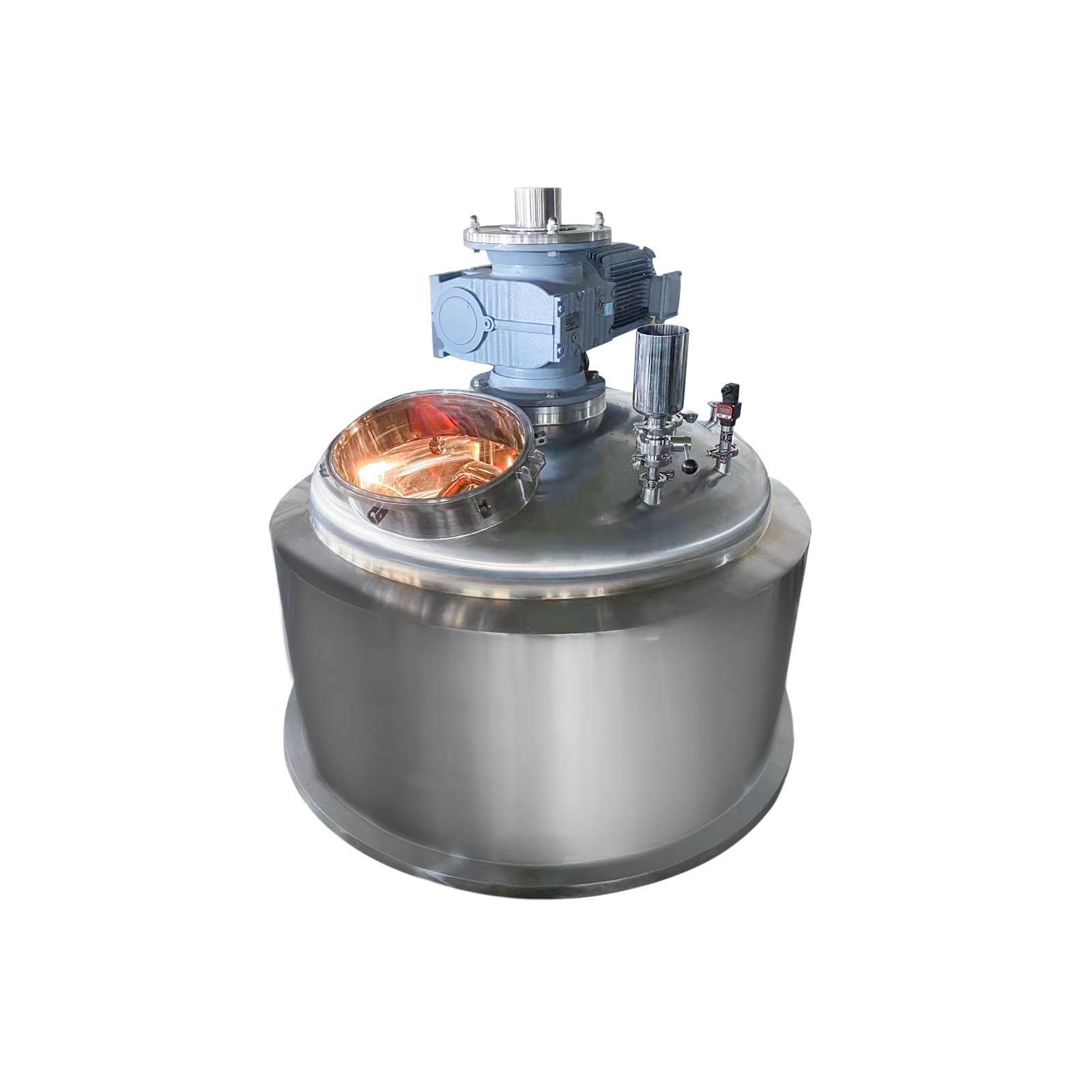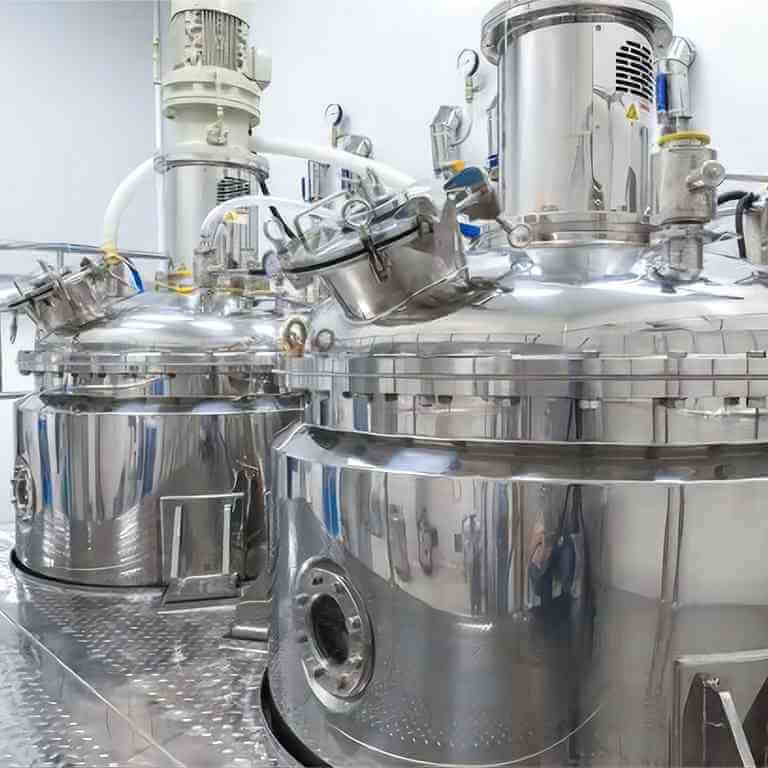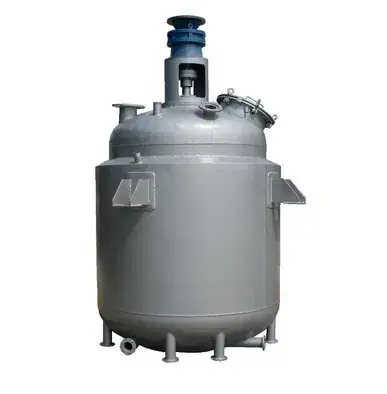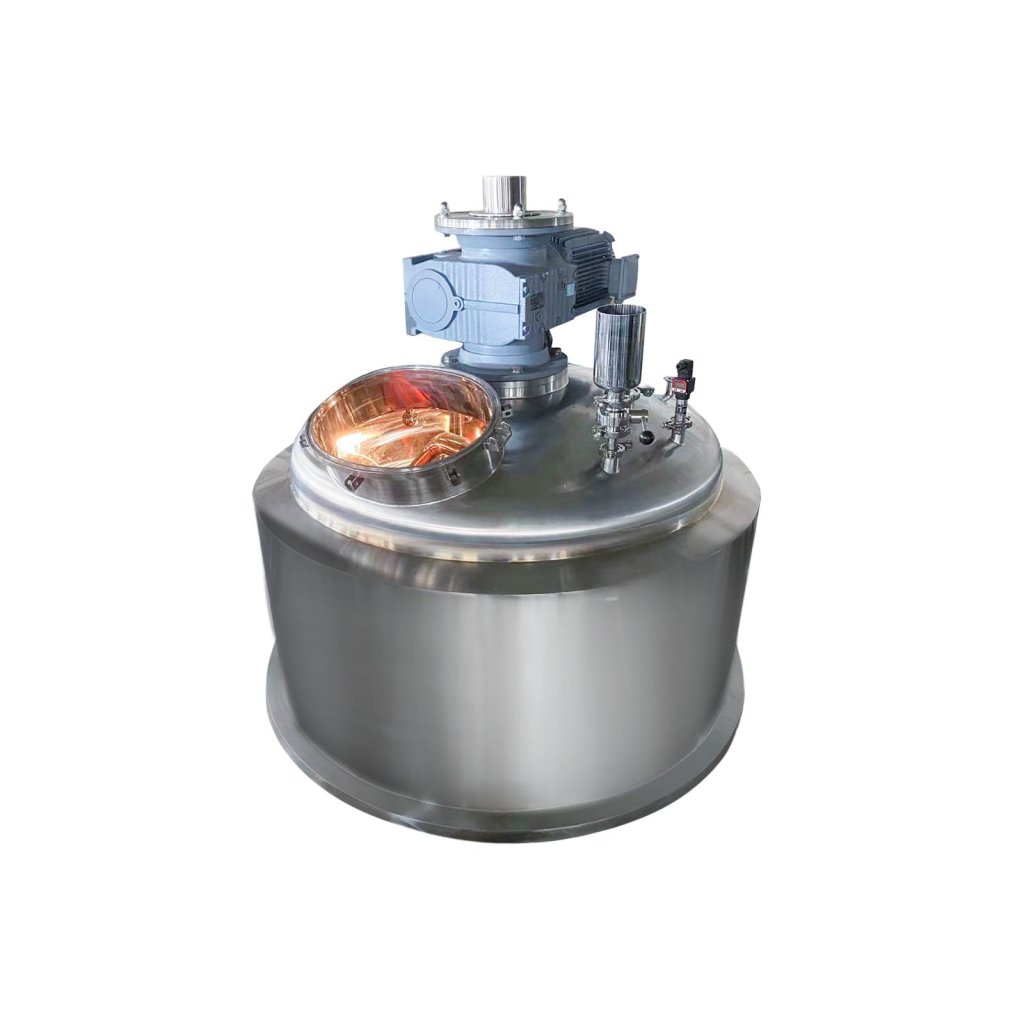

High Pressure Reactor
High-pressure reactor: used in chemical synthesis, catalytic reaction, and other fields
Material
glass, stainless steel (316, 304), carbon steel, others
Capacity (L)
10-10000+
Mixing system
anchor, paddle, frame and others
Heating system
electric heating, oil heating and others
The High-pressure reactor is mainly made of the kettle cover, the kettle body, the strong magnetic coupling stirrer, the high temperature, and high-pressure needle valve, the lower stirring part, the inner cooling coil, the temperature measuring part, the liquid lower pipe, etc.
Request a quoteA high pressure reactor is a typical innovation of magnetic transmission devices used in large-scale reaction equipment. It is currently an ideal device for chemical reactions under high temperatures and high pressure, especially for chemical reactions with flammable, explosive, and toxic media, Showing its superiority even more. The inner surface of the high-pressure reactor kettle that requires polishing can reach the above mirror polishing level, and high-viscosity materials can be processed into a cone-shaped bottom to facilitate discharge and cleaning.

High pressure reactor installation method
1.Check whether there are flammable or explosive items inside or outside the high pressure reactor and whether there are any items that are not conducive to air circulation. If so, please move them away immediately;
2.Check whether the inside of the valve and high pressure reactor is clean; if not, please clean it;
3.Close all valves (except the exhaust valve) and start feeding. After feeding, cover the lid of the high pressure reactor (note: apply even force when rotating the nut and ensure that the two diagonal screws are tightened to each other to prevent leakage after tightening the gas);
4.Close the exhaust valve.
Check the air tightness of the high pressure reactor
Close all valves, cover the lid of the high pressure reactor, open the air inlet valve, and introduce nitrogen to 1 MPa, then close the air inlet valve, observe the pressure changes, and confirm whether the device is leaking.
High pressure reactor hydrogenation mode
1.Check whether all valves are tightly closed;
2.Point the exhaust hose to an open area with good air circulation;
3.Install the hydrogen pressure-reducing valve (note that the wire opening of the hydrogen pressure valve is reversed) and the nitrogen pressure valve. After installing them, use soapy water to check whether there is air leakage (if there is air leakage, please reattach it);
4.Use a vacuum to extract the air from the liquid surface at the exhaust port;
5.Open the air inlet valve of the high pressure reactor, open the nitrogen pressure reducing valve, and fill with nitrogen until the pressure in the high pressure reactor reaches (P=0.2Mpa). Then close the nitrogen pressure-reducing valve, close the air inlet valve, and keep it for about 2 minutes, checking whether the pressure on the pressure gauge drops. In addition, bend your head and listen to whether the valve and the lid of the high pressure reactor are leaking. If there is no leakage, slowly open the exhaust valve and when the pressure inside is discharged to 0.01Mpa, close the exhaust valve;
6.Repeat the previous step;
7.Open the air inlet valve, open the hydrogen pressure reducing valve, fill with hydrogen to the required pressure, close the air inlet valve, close the hydrogen pressure reducing valve, and then adjust other parameters to the required state to make them react.

Controlled sampling of high pressure reactors
1.Every half an hour, observe whether the data is normal. If the pressure decreases, hydrogen must be replenished;
2.When the hydrogen gas in the hydrogen cylinder cannot be exhausted and a certain pressure is guaranteed (P≈0.01Mpa), it should be discarded and replaced with a new one;
3.Taking samples. Slowly open the exhaust valve, set the pressure in the high pressure reactor to 0.2Mpa, close the exhaust valve, slowly open the sampling valve until the reaction liquid emerges, close the sampling valve, take a sample, and then clean the sampling port. Do not let flammable substances Residue.
Hydrogen release from high pressure reactor
After confirming that the reaction is over, slowly discharge the hydrogen until it is completely exhausted (note that if there is a slight pressure inside, close the exhaust valve to prevent oxygen from entering), open the inlet valve, inject nitrogen to 0.2Mpa, close the inlet valve, and then slowly open the exhaust valve. Release the mixed gas inside, and re-input nitrogen when it is about to be exhausted. After three ventilations, use a vacuum pump to extract the gas on the liquid surface, open the exhaust valve and sampling valve, and start discharging material from the bottom valve (note that due to the presence of chemicals inside, Substances that are prone to self-ignition such as Pa/c and Raney Ni, so avoid spilling them outside the container). If there is any spillage, please dip it out with a wet towel immediately, put it into a bucket with water, and then use a small amount of dilute acid to remove it. Destroy it and close the bottom valve immediately after discharging the material.
Unloading and loading of high pressure reactor
The high pressure reactor kettle after the materials have been discharged should be cleaned immediately. The following steps should be followed before cleaning:
1.Fill the reaction solvent into the high pressure reactor kettle from the exhaust valve. After cleaning most of the residues, add water and stir for 10 minutes. At this time, you can open the kettle lid and clean the inner wall of the high pressure reactor kettle;
2.When cleaning, the kettle cover and sampling valve must be cleaned, and at the same time, if there is water in the high pressure reactor, fill it with nitrogen;
3.If the high pressure reactor kettle is not used temporarily, add 70% of the volume of clean absolute ethanol into the high pressure reactor kettle and soak it without tightening the screws.
In the chemical industry, high pressure reactors are commonly used as reaction vessels. The emergence of high pressure reactors can help many experimental processes, and can also achieve the mixing of different substances to produce some core technologies, which can bring enterprises or units to unlimited wealth and superiority. The high pressure reactor kettle coupled with the stimulation transmission device can achieve safe and reliable effects and bring more safety and reliability to the entire experimental process.




